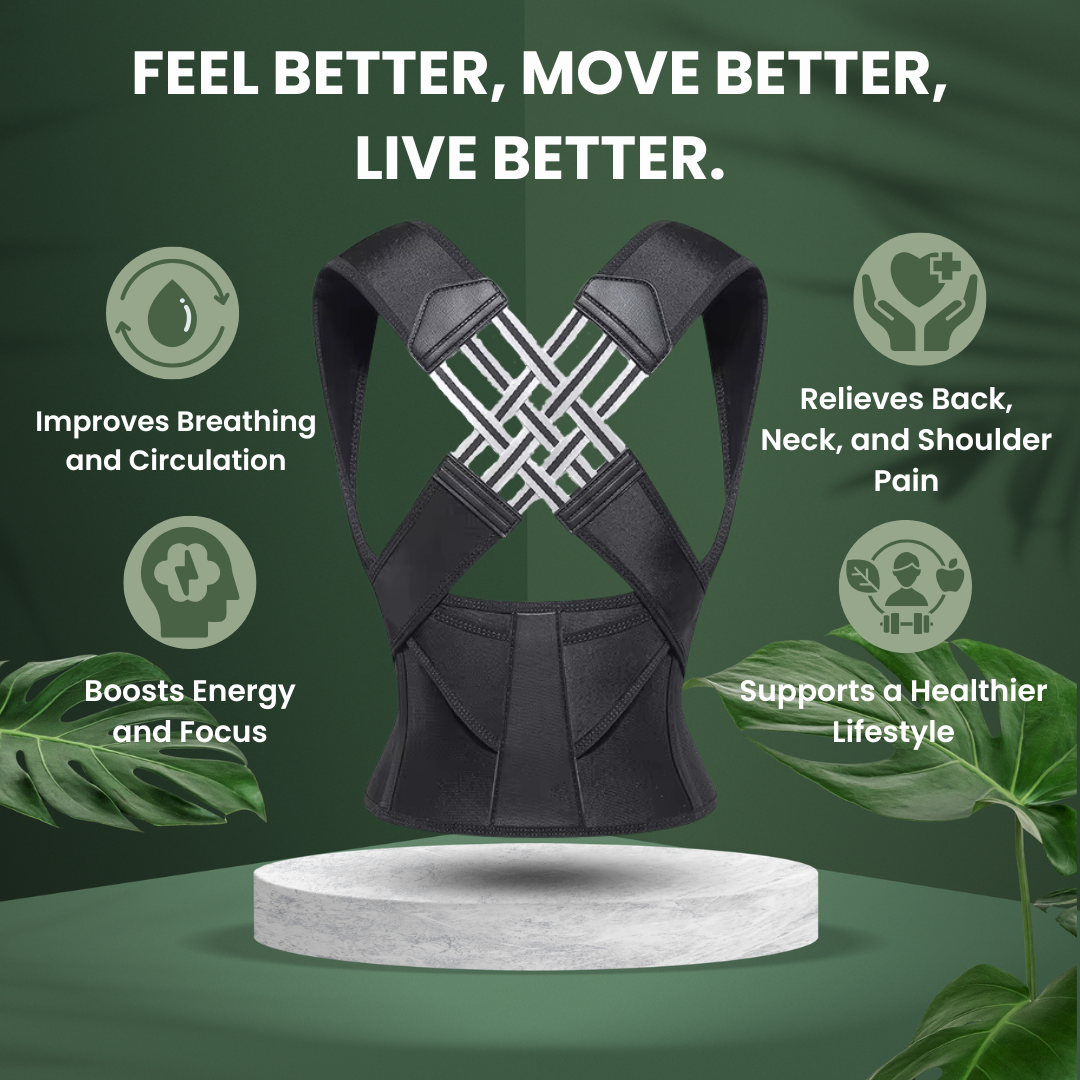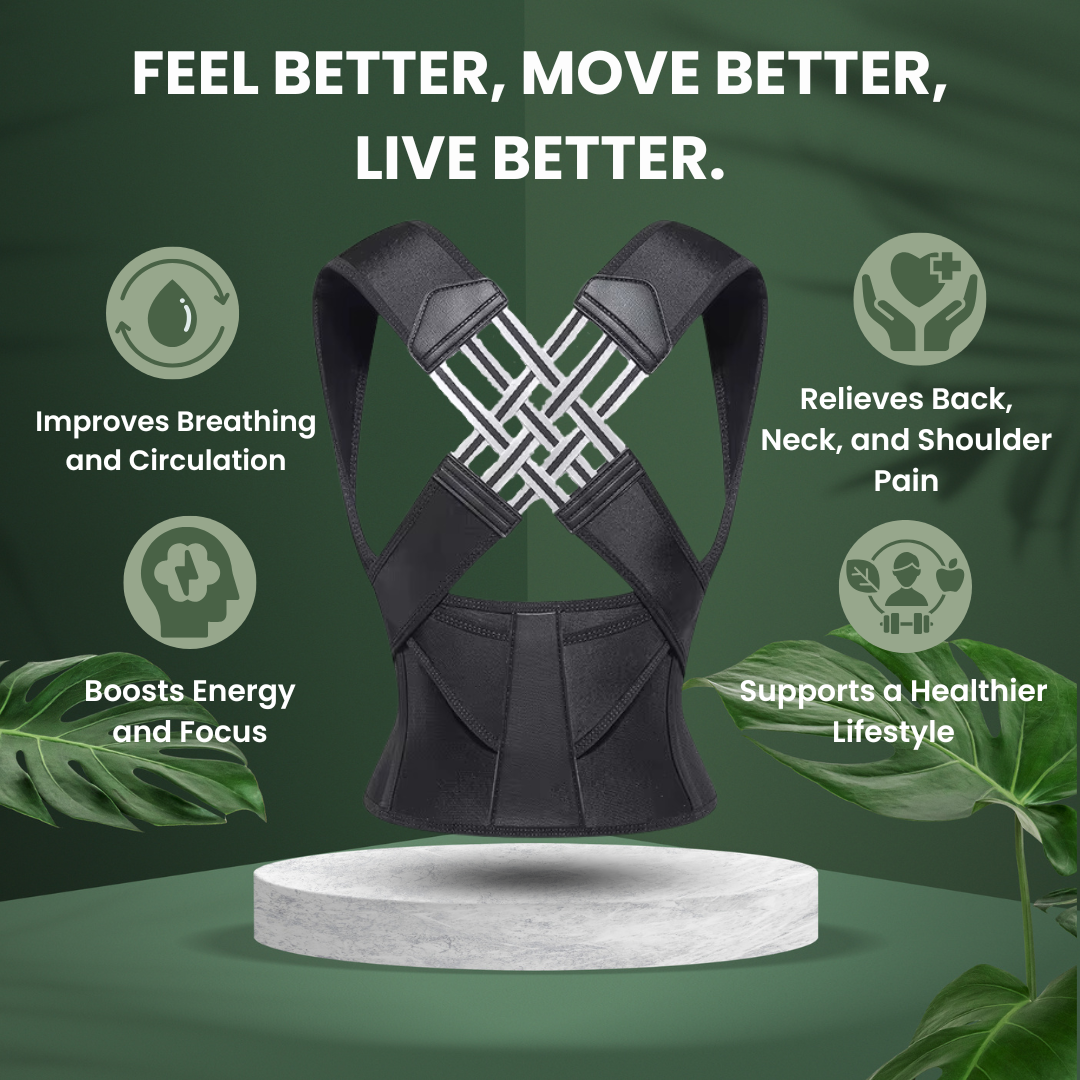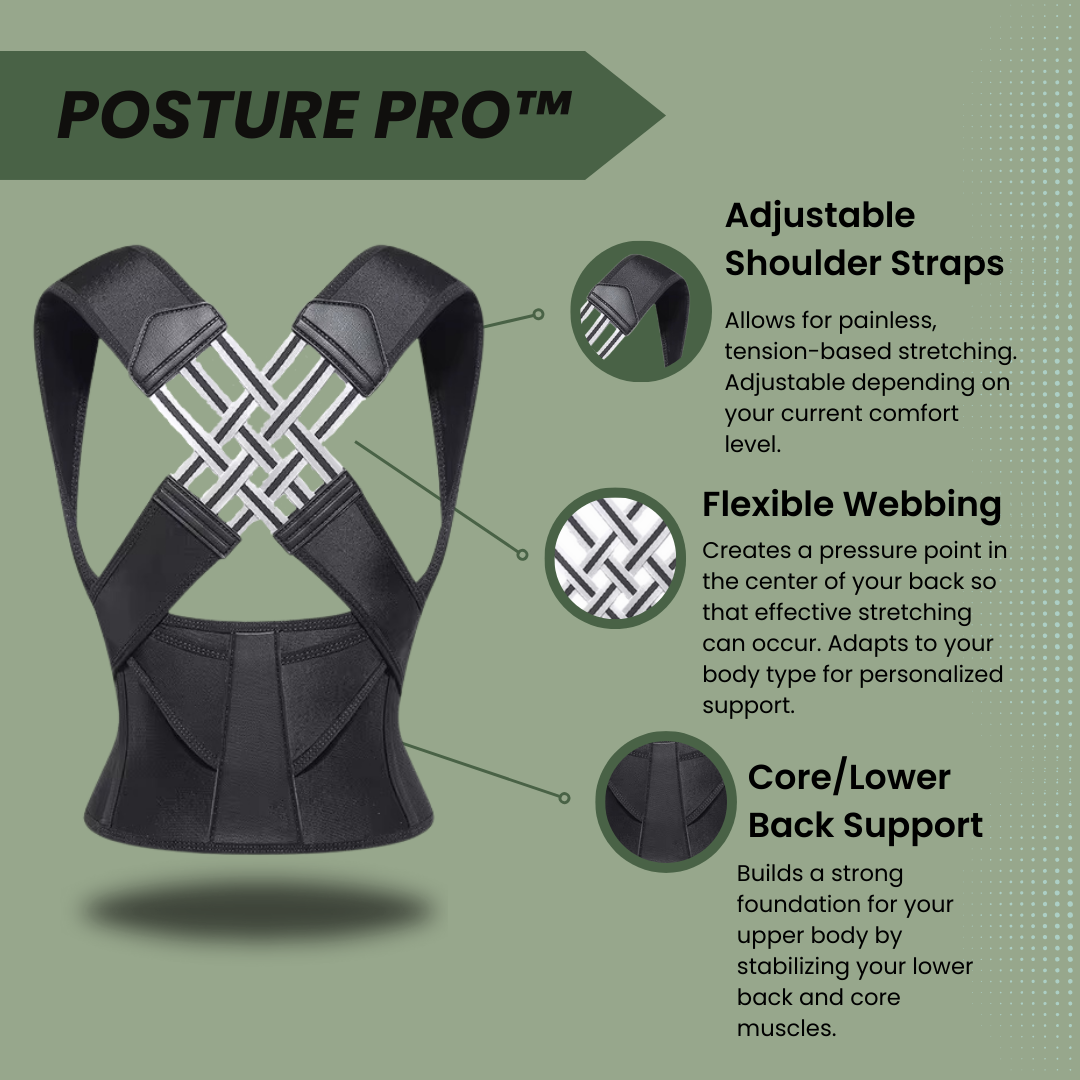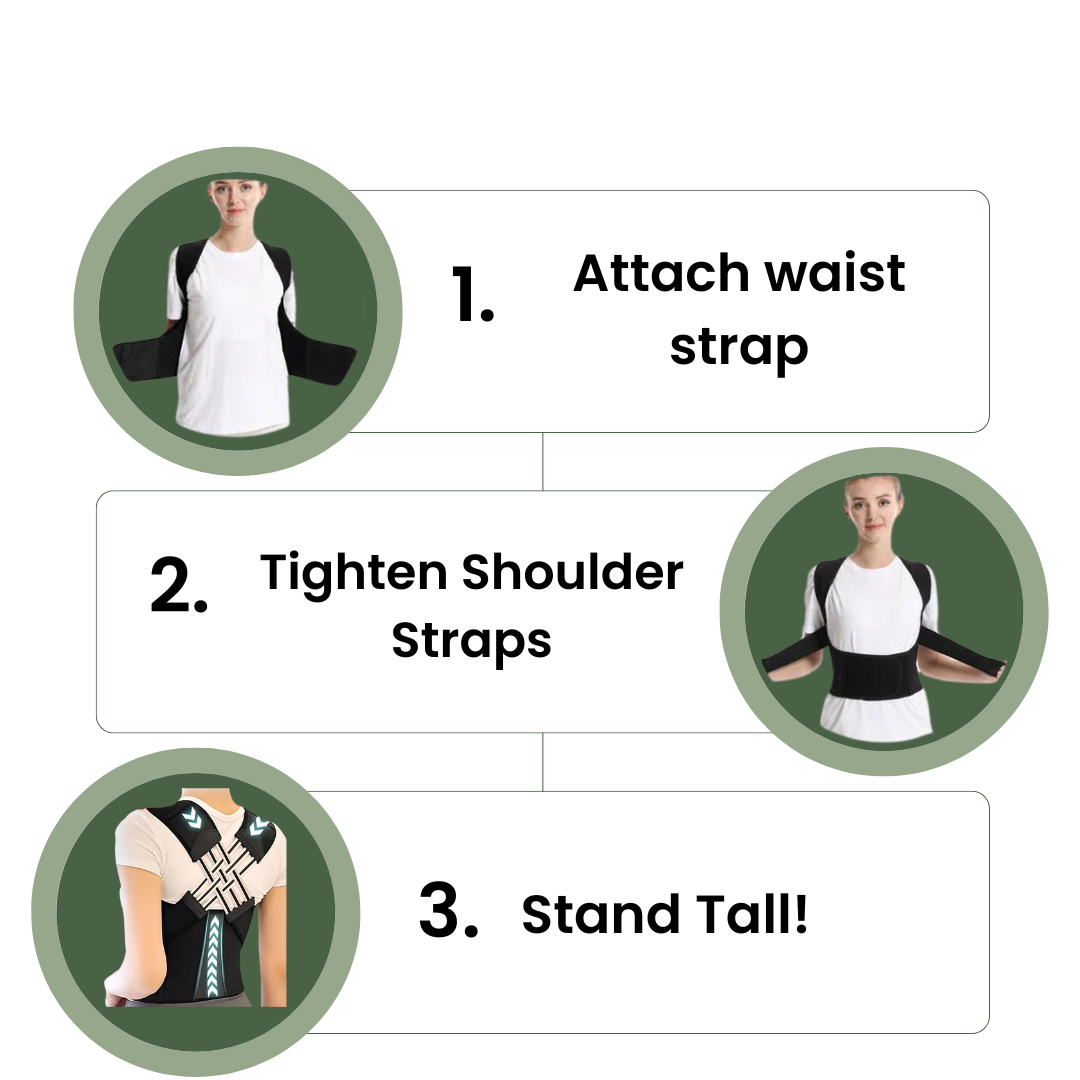Many people wonder how to safely stretch before workouts. Stretching properly can prevent injuries and make your exercise more effective. This guide will show you the right stretching techniques and when to use them.
Keep reading for tips on getting the most from your warmup exercises.
Key Takeaways
- Dynamic stretching warms up muscles before a workout, while static stretching is better after exercise.
- Warming up with light activity for 5 to 10 minutes prevents injuries and improves performance.
- Avoid bouncing during stretches to prevent strain. Use controlled movements instead.
- Stretching increases blood flow, which helps reduce muscle soreness and enhances performance.
- Finding tension without pushing into pain is key when stretching. This approach ensures safety and effectiveness.
The Benefits of Stretching Before Workouts

Stretching before workouts offers significant advantages. It enhances muscle flexibility and reduces the risk of injuries during physical activity.
Increases flexibility
Stretching increases flexibility. Improved flexibility leads to better muscle performance during workouts. When your muscles are flexible, they can move through a greater range of motion.
This enhanced range often results in improved athletic performance.
Performing flexibility exercises regularly helps prepare your muscles for activity. Stretch before you exercise to prevent injury and reduce soreness later on. A solid stretching routine boosts overall mobility and maintains healthy muscle function.
Engaging in dynamic warmups can further enhance this effect by incorporating movement into your stretches.
Flexibility training is vital for optimal performance.
Prevents injury
Stretching plays a crucial role in injury prevention. Engaging in pre-workout stretches helps prepare muscles for activity. This preparation reduces the risk of injuries during exercise.
Muscles need to be warm before stretching, so starting with light physical activity is essential. Aim for 5 to 10 minutes of this warm-up before incorporating flexibility training.
Static stretching can actually lead to problems if performed on cold muscles. Instead, focus on dynamic stretching as part of your routine. Dynamic movements increase blood flow and activate muscle groups effectively.
Properly warming up and stretching before workouts enhances performance and keeps you safe from injuries during exercises like running or weightlifting.
Reduces muscle soreness
Stretching before a workout can help reduce muscle soreness. It prepares your muscles for exercise and promotes blood flow. This increase in circulation helps deliver oxygen to the muscles, making them more ready for activity.
Engaging in pre-workout stretches improves overall performance during the workout.
For best results, remember to incorporate gentle and controlled movements. Static stretching doesn’t prevent injury or soreness when performed on cold muscles. Warming up with light activity for 5 to 10 minutes allows your body to adjust before stretching further.
Always prioritize safe pre-workout stretches as they play a vital role in muscle preparation and injury prevention.
Improves performance
Stretching before workouts plays a vital role in improving performance. It helps increase blood flow to your muscles, making them more responsive during exercise. A proper warm-up prepares the body for activity and enhances mobility in movement.
Gentle and controlled stretches activate key muscle groups, boosting overall function.
Engaging in pre-workout stretches can also allow athletes to perform at their best. The benefits of stretching extend beyond just injury prevention; they also support higher levels of efficiency during workouts.
In summary, embracing an effective exercise warmup with safe pre-workout stretches maximizes performance potential significantly.
When to Stretch: Before or After a Workout?
Stretching before or after a workout can influence your body differently. Many experts recommend dynamic stretching before exercise to warm up muscles and joints. Static stretching may be better suited for post-workout recovery.
Each approach serves a unique purpose in your fitness routine. Curious about how to effectively incorporate these techniques? Read on!
Expert opinions on static stretching
Experts have varying opinions on static stretching before workouts. Some suggest that it may not provide the benefits many expect.
- Professionals recommend a gradual warm-up lasting 5 to 10 minutes before any stretches. Light activity increases blood flow and warms up muscles effectively.
- Controlled movements are essential during stretching sessions. Avoid bouncing to enhance safety and effectiveness.
- Experts endorse focusing on finding tension, not pain, during stretches for optimal results. This approach helps maintain flexibility without causing harm.
- Post-exercise is considered the prime time for static stretching by several experts. At this point, muscles are warm and more responsive to the benefits of stretching.
- Conversations among experts reveal agreement on the importance of stretching in both pre-workout and post-workout routines. Effective preworkout stretches can improve performance from the start.
- Coaches often emphasize that dynamic stretches are preferable during warm-ups instead of static ones. Dynamic movements prepare your body for physical activity better than static options do.
- Research highlights that a proper full-body stretch after exercising enhances recovery and improves muscle health significantly.
Educating yourself about these expert opinions can guide you in incorporating effective pre-exercise stretching into your routine safely while recognizing its benefits for performance improvement too!
Importance of a gradual and active warm-up
A gradual warm-up is crucial for preparing your body before exercise. Spend 5 to 10 minutes on light activities like walking or jogging. This activity raises your heart rate and warms up your muscles.
Warming up helps prevent injury and improves overall workout quality.
After warming up, focus on active stretching instead of static stretches. Gentle movements prepare the muscles for the upcoming workout without causing strain. Avoid bouncing during stretches, as it can lead to injuries.
A proper pre-exercise stretching routine enhances flexibility and performance in workouts.
Importance of stretching after a workout
Stretching after a workout is essential for recovery. It helps to improve flexibility and prevent stiffness in muscles. When you stretch your muscles while they are warm, you enhance mobility.
This act supports the overall effectiveness of your exercise routine. Avoid stretching cold muscles as it may lead to injury or discomfort.
Incorporating post-exercise stretching can also reduce muscle soreness later on. As you practice these stretches, focus on gentle movements that relieve tension without causing pain.
Stretching benefits extend beyond immediate relief; they contribute to better performance in future workouts too. Use this time to connect with your body and nurture its needs after physical activity.
Safe Pre-Workout Stretches
Choose controlled movements over bouncing. Focus on finding tension without causing pain to prepare your body for exercise.
Avoiding bouncing and opting for controlled movements
Bouncing during stretches can cause injury. It puts unnecessary strain on your muscles and joints. Instead, focus on controlled movements. Gentle stretching allows your body to adapt without discomfort.
Stretching helps prevent injuries and reduces muscle soreness before you exercise.
A gradual warm-up is crucial in any routine. Warm up with 5 to 10 minutes of light activity before starting any static stretching. Controlled stretches increase flexibility and improve performance during workouts.
Implement the right techniques for safe pre-workout stretches, such as full body stretches that promote mobility training without risking harm.
Finding tension, not pain
Finding tension, not pain is crucial during pre-exercise stretching. Focus on feeling a gentle stretch in your muscles. Stretching should never hurt; discomfort can lead to injury.
Aim for controlled movements instead of bouncing. Always keep stretches gentle and slow.
Incorporate this approach into your routine for safe pre-workout stretching. This method helps prepare your body without risking harm. Engaging in the right techniques increases flexibility and reduces muscle soreness.
Remember, it’s best to warm up with 5 to 10 minutes of light activity before you start stretching effectively.
Choosing dynamic stretches
Dynamic stretches can warm up your muscles before a workout. These movements prepare your body for the activity ahead. They improve flexibility and help prevent injury. Instead of holding a position, focus on fluid motions that mimic exercises you plan to do.
For example, leg swings and arm circles work well as they activate large muscle groups.
Always perform dynamic stretches after a gradual warm-up of 5 to 10 minutes. Use controlled movements rather than bouncing to reduce the risk of strain. It’s essential to prioritize finding tension without pushing into pain when stretching is part of your routine.
Stretching safely enhances mobility training and boosts overall performance in workouts.
Conclusion
Stretching before your workout is essential for safety and performance. It helps prevent injuries and reduces muscle soreness. Focus on gentle, controlled movements during stretching.
Warm up for 5 to 10 minutes first. Incorporate these tips to improve your workout routine successfully.
FAQs
1. What is the importance of safely stretching before workouts?
Safely stretching before workouts warms up your body gradually, preparing it for physical activity and reducing the risk of injury.
2. How does preexercise stretching help in a workout?
Preexercise stretching increases flexibility and improves performance during a workout by allowing muscles to work more effectively.
3. Can you provide some tips on how to stretch safely?
The Ultimate Guide: How to Safely Stretch Before Workouts provides detailed instructions, including starting with a gradual warmup and focusing on key muscle groups relevant to your exercise routine.
4. Is it necessary to always stretch before every workout?
Yes, consistent preexercise stretching helps maintain flexibility, prevent injuries and enhance overall fitness levels.



















